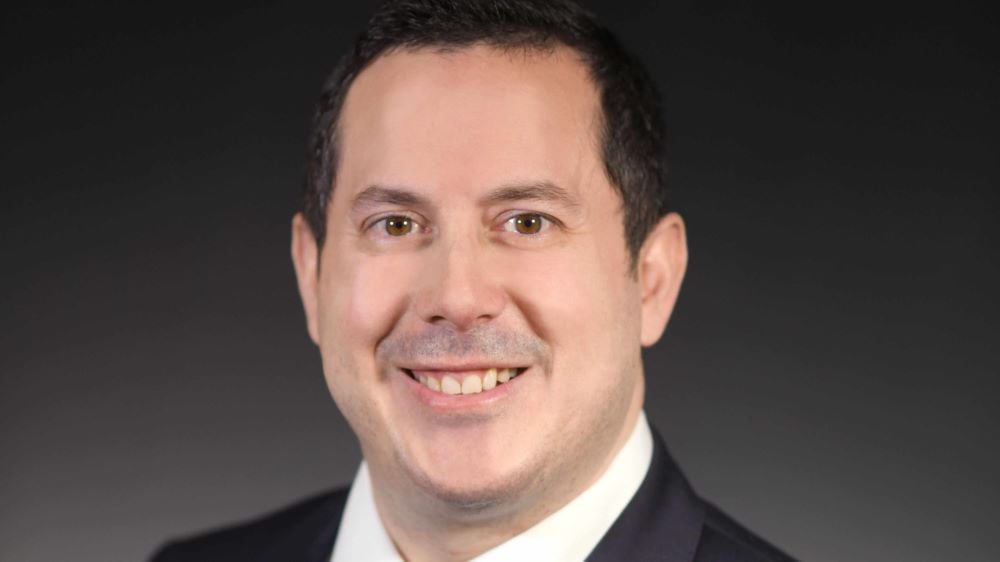
The 17 Sustainable Development Goals (SDGs) address issues like poverty and climate change. Isn’t it a job for governments to work on these issues? Why should businesses get involved?
“While governments make commitments, companies can be their allies in moving toward these goals as fast as possible. Business involvement is critical, particularly for the Climate Action goal. The estimated cost of reaching the climate goals is 2,4 trillion US dollars. Governments provide billions, but more is needed. For businesses, these investments should align with their overall strategy. The private sector also has the power to innovate – and the transition needs innovation.
Addressing the SDGs also provides companies with a competitive advantage. When businesses operate in line with these goals, they also support communities throughout their value chains. It also positions them ahead of potential sustainability regulations.”
According to the UN, only 15 per cent of the SDG targets for 2030 are on track to be reached. The Forward Faster initiative aims to accelerate progress. Is it still possible to reach those goals?
“The outlook for reaching sustainable development goals is not the most optimistic. There’s a big difference between areas: different goals are progressing at varying speeds in different countries. The Forward Faster initiative concentrates on five key areas: Gender equality, living wage, climate action, water reliance and finance and investments. By focusing on these five areas, we can leverage progress on the other twelve goals.
It’s already clear that certain targets for 2030 won’t be achieved, but it’s important to remember that this is a continuous exercise. For example, Gender Equality is something that requires continuous work to create a more inclusive workforce. Goals need to be looked at in short, medium and long term and persistent challenges need to be addressed.”
In your opinion, which Sustainable Development Goal is the most urgent one to address?
“I might be biased, but the Climate Action goal needs to be the first priority. It’s closely linked to many other goals like hunger and transport, and it also should be at the top because of its complexity. Climate Action is complex because it touches various areas like jobs and profitability. The good news is it that it can also be tackled across different sectors from transport to agriculture and forestry.”

Many companies are currently addressing their Scope 3 emissions, which means emissions from all activities that the organisation indirectly affects in its value chain. For example, UPM Raflatac's recently published Climate Review 2023 includes calculations on all their scope 3 emissions. How would you describe the role of scope 3 emissions in reaching the Climate Action goal?
“Without knowing and addressing their scope 3 emissions it’s hard for companies to set science-based targets. Scope 3 emissions are hugely important, especially for large companies that have long supply chains. That’s why most companies struggle with – it involves things that are out of their control. They can encourage their suppliers to tackle their emissions, but it still remains a challenge.
Some companies have up to 90 percent of their emissions falling under scope 3, and we’re exploring ways to help them better. All companies are composed of people, and all of them need to know what to do to address climate change. It’s important to have all stakeholders aboard.”

What are UPM Raflatac and UPM Group doing to mitigate climate change?
Increasing the use of certified fibers and biobased raw materials, fostering reduction of greenhouse gas emissions and developing innovative products and services. As the first label materials company that's committed to going Beyond Fossils, UPM Raflatac is devoted to taking concrete actions to mitigate climate change.
In 2023, UPM Raflatac achieved a 36% decrease in scope 1 & 2 emission intensities from its 2015 baseline – highlighting ongoing progress towards its ambition of a 65% reduction by 2030. The company is also focused on decreasing scope 3 emissions from raw materials and transportation relative to production by 30% by 2030 from its 2018 baseline in line with UPM’s -30 by 30 programme.
UPM Raflatac recently achieved one of its ambitious 2030 targets six years ahead of time. All its paper raw materials are now certified by a third party. The company continues developing product innovations that help brand owners take positive climate action and go beyond their climate goals. Read more about UPM Raflatac’s climate actions.

In 2023 UPM joined the UN Global Compact Forward Faster Initiative calling for business leaders to take action to accelerate the progress of the Sustainable Development Goals. UPM is committed to promoting gender equality, paying living wages and operating in line with an ambitious net-zero emission target. The commitment to Climate Action challenges companies to set a science-based net-zero emissions target in line with the 1.5°C pathway and to achieve it by 2050 at the latest.
UPM mitigates climate change through three commitments: climate-positive forestry, ambitious emissions reductions and an innovative product portfolio. UPM’s -30 by 30 programme aims at reducing emissions from the most significant sources in the value chain by 30 percent by 2030, against 2018 levels. Read more about UPM’s climate actions.

What are Scope 3 emissions?
The international reporting standard for greenhouse gas emissions (The Greenhouse Gas Protocol Corporate Standard) classifies a company's greenhouse gas emissions into three 'scopes':
- Scope 1 emissions: direct emissions from sources that are owned or controlled by the company.
- Scope 2 emissions: indirect emissions from the generation of energy purchased by the company.
- Scope 3 emissions: all indirect emissions (not included in Scope 2) that occur in the value chain of the company, including both upstream and downstream emissions. Upstream emissions come from the production of the company's products or services, while downstream emissions come from their use and disposal.